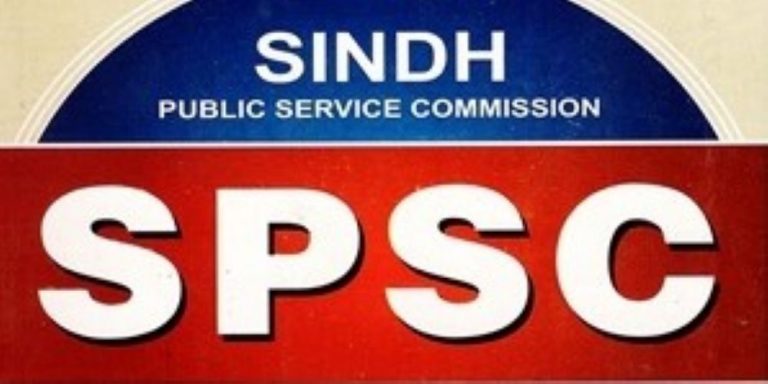
Like CSS, the provincial authorities should increase the upper age limit up to 35 years so as all unemployed people of Sindh may avail the opportunity
The question of whether to increase the upper age limit in combined competitive examinations conducted by the Sindh Public Service Commission (SPSC) is a matter that requires careful consideration. While some argue that an extension could enhance inclusivity and allow more individuals to participate, others express concerns about potential drawbacks. This write up explores the merits and demerits of increasing the upper age limit in SPSC examinations.
Benefits of Increasing Upper Age Limit
Inclusivity and Diversity: Extending the upper age limit can foster inclusivity by accommodating candidates who may have delayed entry into the job market due to various reasons such as late announcement by SPSC, pursuing higher education, career changes, or family responsibilities. This promotes a diverse pool of applicants, enriching the talent pool within the civil services.
Experience and Maturity: Older candidates often bring a wealth of experience and maturity to the workforce. By allowing individuals with more years of professional or life experience to participate, the SPSC may tap into a resource of seasoned individuals who can contribute significantly to public service.
Addressing unforeseen circumstances: Life events and unforeseen circumstances can impede individuals from applying for competitive exams within the current age limit. Extending the age limit provides a safety net for those who may have faced challenges such as health issues, family emergencies, or economic hardships that delayed their pursuit of a government career.
Drawbacks of Increasing Upper Age Limit
Competitive disadvantages for younger candidates: A higher age limit might disadvantage younger candidates by reducing their chances of securing a position. Younger individuals may argue that a level playing field is essential for fair competition, and an extended age limit could undermine this principle.
Adoptability and technology: The nature of public service is evolving, with an increasing reliance on technology and adaptability. Critics may argue that older candidates, despite their experience, may face challenges in adapting to rapidly changing work environments, potentially affecting their efficiency in government roles.
Potential for delayed Retirement: Extending the age limit could result in longer service periods for individuals entering government service later in life. This may impact workforce dynamics, potentially delaying the retirement of senior officials and limiting opportunities for younger professionals to advance in their careers.
In conclusion, the decision to increase the upper age limit in SPSC combined competitive examinations is a complex one, with both advantages and disadvantages. However, like CSS, they should consider this attempt as special and increase the upper age limit up to 35 years as all unemployed people of Sindh may avail themselves of this glittering opportunity to be the part of bureaucracy.